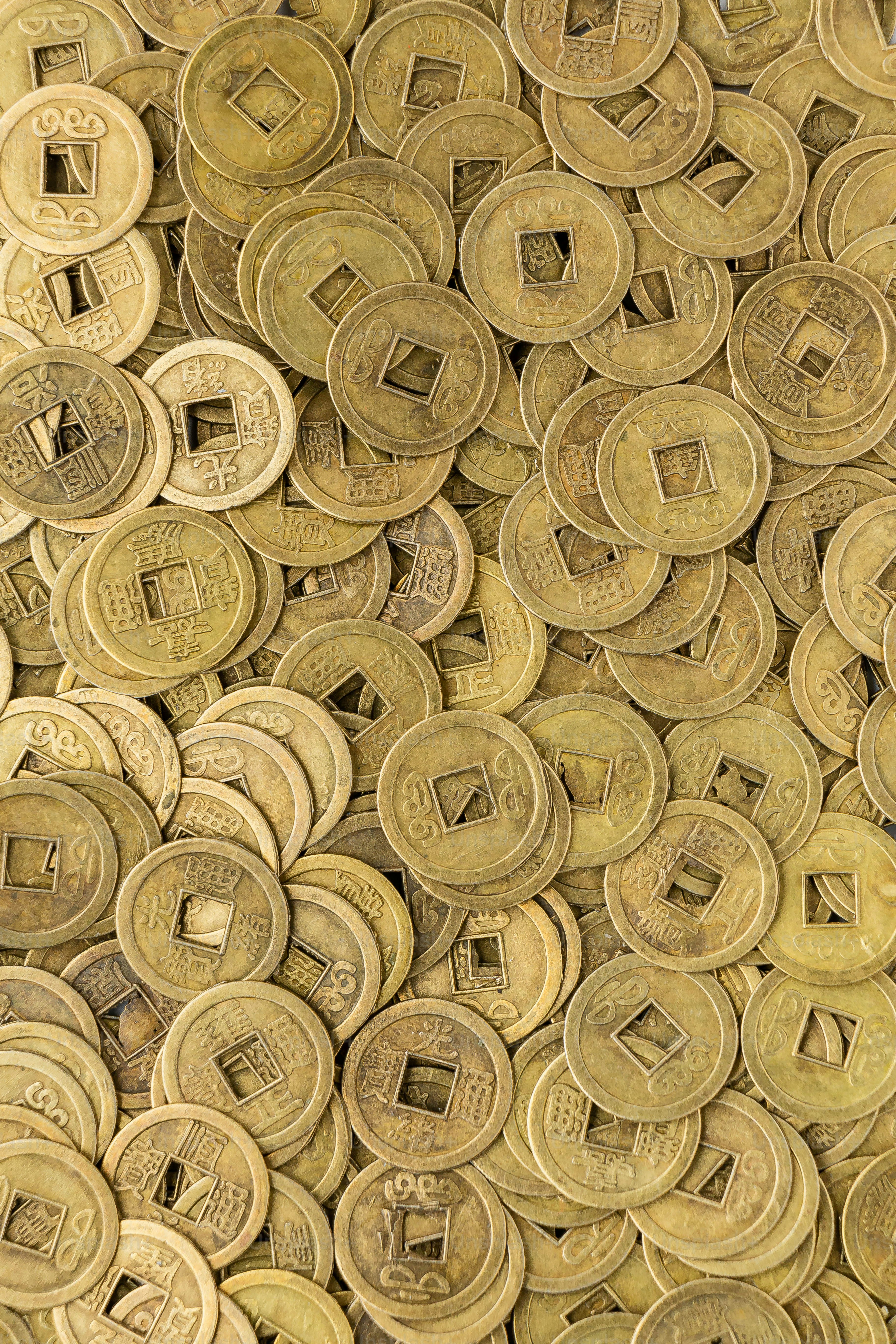Alright, let’s break down what’s really moving the needle in commodities today. The market’s sending mixed signals, and you need to know what’s behind the numbers if you want to stay ahead of the curve.

First, shipping rates are subtly softening. Shanghai export container freight rates to Europe dipped 1.4% to 1402.35 points as of April 14th. Don’t read too much into it yet, but it’s a flag to watch.
Iron ore continues its significant influx. China saw a hefty 26.18 million tons of iron ore arrive at its 47 ports last week – a 2.59 million ton jump week-over-week. The 45 ports saw 25.26 million tons, up an even more substantial 3.37 million tons. This screams of continued demand, but beware, inventories may build.
Meanwhile, coking coal prices are getting a bump, with Tangshan and Xingtai steel mills boosting prices on both wet and dry coking coal by 50-55 yuan per ton, effective today. A clear sign of some bullish sentiment in that sector.
China’s import/export data releases are painting a broader picture. March imports of iron ore hit 93.97 million tons for a Q1 total of 285.31 million tons. Coal imports were 38.73 million tons in March, totaling 114.85 million tons year-to-date, while steel exports clocked in at 10.46 million tons for the month and 27.43 million tons for the quarter. These numbers underscore China’s ongoing role as a global commodity powerhouse.
In the sugar markets, Yunnan province is seeing increased sugar cane processing with 21 mills operating, up from 14 last year, hinting at potential for higher output. However, Brazil’s mid-March sugarcane crush was lower than expected, while sugar production actually increased – a fascinating paradox.
US soybean exports are holding steady, in line with expectations at 546,348 tons, with 135,021 tons headed to China. That’s down from the previous week, but still a significant portion of total exports. Malaysian rubber exports dipped slightly, but production jumped, leading to a build in inventories – a classic supply/demand tug of war. Finally, Australian lithium shipments to China edged down slightly this week, but are still undeniably robust.
And finally, keep a close watch on soybean inventories at Chinese ports. They’ve dipped to 6.025 million tons, a decrease of 45,734 tons, demonstrating a steady flow through the supply chain.






